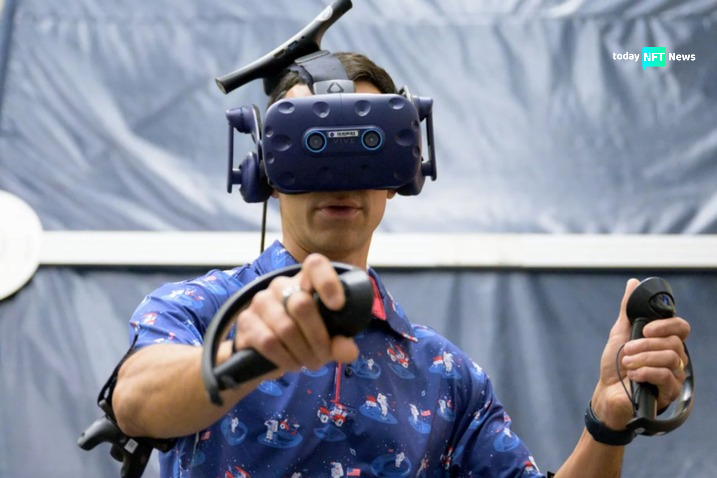SNEAK PEEK
- NASA introduces virtual reality training for astronauts destined for Gateway, the lunar space station.
- Gateway, essential to the Artemis missions, aims to sustain human life on the Moon and Mars.
- VR simulations cover routine operations and emergency drills, enhancing crew readiness.
NASA is pioneering the use of virtual reality (VR) to train astronauts for their future roles aboard the lunar space station Gateway. As the first off-Earth outpost, Gateway is central to the Artemis missions, which aim to establish a sustainable human presence on the Moon and eventually Mars. Through VR technology, astronauts can experience and navigate the complexities of deep space living, well before the station is operational.
The advanced VR simulations are tailored to foster skills essential for life and work in an environment far removed from Earth. These simulations encompass everything from routine operations to emergency response drills, ensuring the crew is well-prepared for their groundbreaking journey.
Slated for launch no sooner than 2025, Gateway will orbit the Moon, serving multiple pivotal roles in space exploration. This small but multifunctional space station will provide vital support for lunar surface missions and scientific research, and act as a staging point for further exploration into deeper space. Its strategic position allows for unique opportunities to study lunar and space phenomena, which are crucial for the long-term goals of human space travel.
This initiative not only marks a significant technical milestone but also underscores the importance of international collaboration in space exploration. Gateway will operate as a home away from home for astronauts, featuring next-generation technology and resources needed for extended missions.
The transition from traditional training methods to VR reflects NASA’s commitment to leveraging cutting-edge technology to enhance astronaut preparedness. This shift is driven by the need for a highly adaptive training environment that can mimic the unpredictable nature of space. VR allows for immersive experiences that are impossible to replicate in physical simulators or traditional computer-based setups.
Additionally, the use of VR is intended to ensure that astronauts are not only technically proficient but also psychologically prepared for the isolation and challenges of deep space missions. The ability to simulate long-term habitation in an environment as remote as Gateway’s future orbit around the Moon is invaluable in preparing for the next steps in human space exploration.









